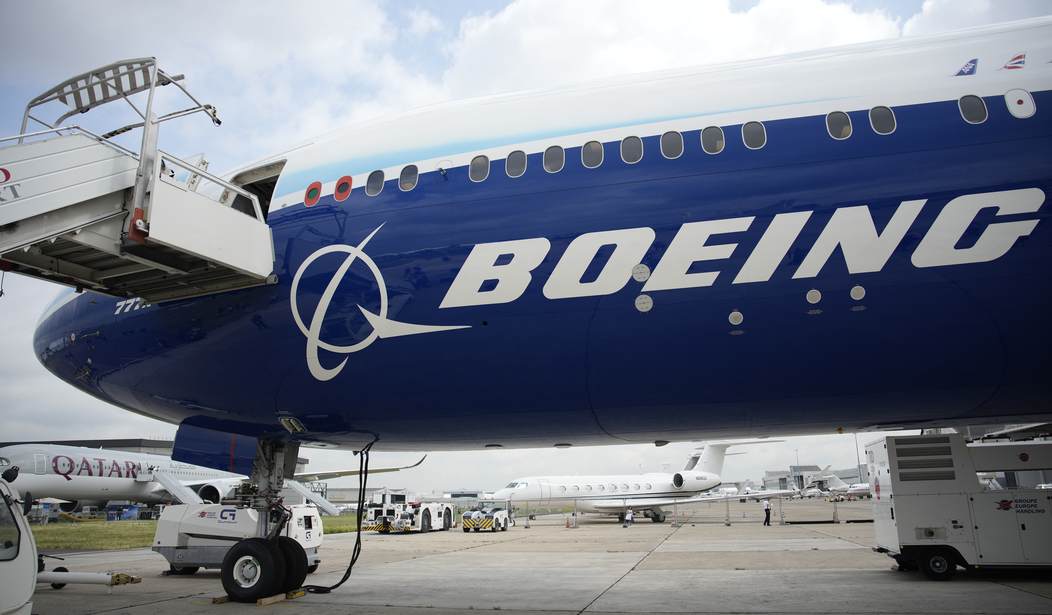The Federal Aviation Administration has launched a comprehensive investigation into production and safety issues at Boeing following a series of alarming incidents involving their aircraft over the past year or more. They are also looking into claims being made by whistleblowers who were formerly employed as engineers and supervisors at the company. Boeing has reportedly been fully cooperating with the investigation, which is good to hear. But the deeper the FAA looks, the more issues they seem to be finding. The latest one involves the fleet of 777 class passenger jets and there is a reason that I described it as "potentially explosive" in the title. The planes reportedly have "poor electrical insulation" near the plane's fuel tank, which could lead to sparking, potentially causing a fire or even an explosion. (NY Post)
Yet another fleet of Boeing airplanes was found to have a potentially disastrous flaw — one that could set the entire aircraft ablaze.
The Federal Aviation Administration found that the company’s 777 liner has poor electrical insulation near its fuel tank, according to a proposed rule the federal regulator posted in March.
“This condition, if not addressed, could result in an ignition source inside the fuel tank and subsequent fire or explosion,” the Airworthiness Directives note states.
At first glance, this probably sounds like an alarming issue to those of us who don't work in the industry. The Triple Seven has three fuel tanks, a large, central one under the fuselage and two smaller ones near each of the engines mounted under the wings. If one of those tanks were to blow in mid-flight, you would be in a lot of trouble.
But neither Boeing nor the airlines seem to be panicking over this news, and that probably makes sense. The Triple Seven has been in service for more than thirty years and there are hundreds of them being flown today just in the United States. (Primarily by American and United.) If the planes were prone to this sort of catastrophic failure, wouldn't we have already been seeing them come down in flames by now?
Also, the insulation problem was reportedly already a known issue and was first discovered in 2017. Rather than yanking the entire fleet out of service, they have been adding some sort of Teflon sleeves and caps to the fuel tanks to protect against electrical sparks when the planes are taken offline for scheduled maintenance and service. It's good that both Boeing and the FAA are being transparent about this issue, but it doesn't sound as if it's significant enough to give anyone pause about flying in these planes. (Or at least no more pause than you might have already been experiencing.)
This news came out just as Boeing was already going through another series of bad headlines, unfortunately. Another Boeing Triple Seven flown by Singapore Airlines ran into trouble on Tuesday leading to one passenger dying and dozens more being injured when the plane suddenly plummeted 6,000 feet in mid-flight. But this doesn't sound like any type of safety issue with the plane. They just ran into an ungodly large pocket of clear air turbulence and dropped more than a mile rapidly. Also, the victim in that incident reportedly did not die from any injuries sustained during the plunge, but from a heart attack. Still, there were many serious injuries reported and it's a very sad situation, along with being a reminder to always keep your seatbelt on when flying.








Join the conversation as a VIP Member